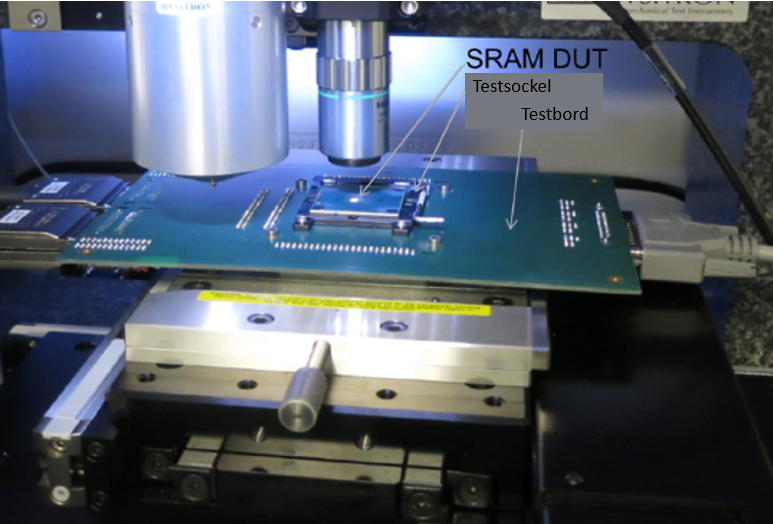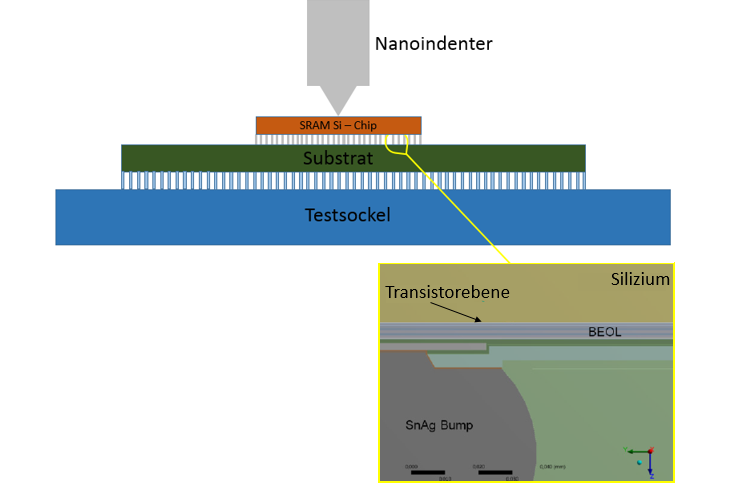Author: Uwe Fiedler | Translation: Anna Knollmann, Stephanie Anderseck
Automotive electronics with high reliability
The proportion of electronic components in cars is constantly increasing. Without reliable electronics, there will be no safety and comfort in road traffic in the future. Examples of innovative vehicle functions are automated driving and infotainment. In addition, there are new drive systems such as hybrid and electric motors and all-encompassing interconnection. In order to assess the suitability of semiconductor components of the latest technologies, the challenges must be identified and solution approaches evaluated. Nanoanalytics provides a powerful toolkit for this purpose.
The car of the future - a computer on four wheels
In the automotive sector, electronics are currently still used, whose maturing process has been completed and which are highly reliable with well understood degradation processes. In the future, however, new technologies will increasingly find their way into automobiles in order to meet the new requirements for Car2X communication, automated driving and infotainment. In addition, innovation cycles will become ever faster. The old approaches of ensuring reliability and safety are no longer practicable.
The demands on the reliability of electronics in cars exceed those of smartphones, for example, considerably. The criteria are possible operating temperatures, tolerable vibrations and safety against electrostatic discharge. Nanoanalytical methods offer a new approach to material characterization and physical failure analysis. Material combinations can be evaluated under application-specific operating conditions, error patterns can be understood and degradation and failure mechanisms that limit the service life of electronics can be analyzed.
Nanoanalytics for safety and reliability
Nanoscale material analysis will guarantee quality, reliability and robustness of the electronics in the car of the future. Using microscopic methods, including in-situ and nanomechanical investigations, future semiconductor devices and novel electronic system components will be
evaluated and models for lifetime estimation will be subjected to critical analysis. Specifically, this involves, for example, electromigration, stress-induced pore formation and the thermomechanical behavior of electronics during temperature cycles.
The Fraunhofer IKTS is working on these tasks in collaboration with leading German car manufacturers and the semiconductor industry. In order to be able to address such issues in all their complexity, the institute has also joined forces with other Fraunhofer Institutes in the Dresden area (Dresden Fraunhofer Cluster Nanoanalytics DFCNA).
Stay informed: You are welcome to subscribe to our newsletter, read our other blog articles and follow us on LinkedIn, Instagram and YouTube.

